Techie Stuff about this CDROM |
Techie Stuff about this CDROM |
How the data were produced:
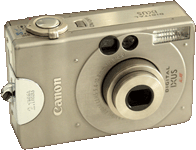 |
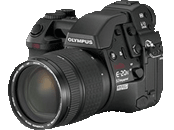 |
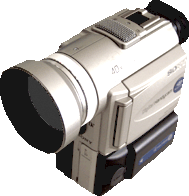 |
|||
|
The still pictures were taken with a Canon IXUS (2.1Mpixels) (except...) |
and an Olympus E20P digital reflex (5.0Mpixels) (remarks) |
The movies were taken with a Sony DCR-PC100E digital camcorder |
|||
 |
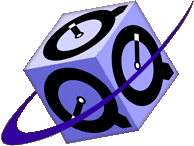 |
 |
|
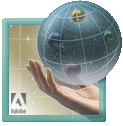 |
|
|
The stills were adjusted with Adobe Photoshop 7.0, |
The panoramas and the scene were all made from sequences of still photos, sometimes taken without a tripod, and then assembled in Apple Quicktime VR Studio 1.1 |
The movies were imported directly into iMovie2, cut and exported... |
to Quicktime. |
The HTML files were constructed with Adobe Golive 6, |
The links for the navigation were inserted with a set of HyperTalk scripts, the active parts are Javascript (both copyright Robert) |
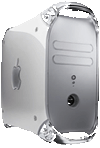 |
|
||||
|
The computing was done on an Apple G4 dual processor |
with the Apple Cinema display |
||||
This is supposed to be a reflex camera (SLR, single-lens reflex). However, because the imaging device (CCD) is smaller than 35mm film, the total amount of light reaching it is also smaller. In a normal SLR, a mirror reflects the incoming light to the viewfinder. The mirror is flipped up to expose the film when a picture is taken. The E20P however uses a prism to reflect the light.
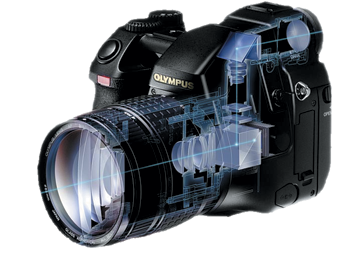
That means the light is shared between the viewfinder and the CCD, less light for each. But there is much worse: light coming in through the viewfinder will reach the CCD via the prism! As long as you look through the viewfinder, you are blocking this light and everything is well.
However, if you make a panorama from a tripod and turn the camera through its positions without always looking through the viewfinder, you are letting the sun come in through there. A few panoramas made at the start of the trip were ruined this way (Little Colorado, Petrified Forest and Painted Desert). There is a viewfinder shutter to protect agains this effect, which I discovered late. If Olympus had used a pivoting mirror it would have been better. It's also rather silly to dispose of the mirror and then simulate the mirror noise with an electronic sound that you cannot switch off.
And then the speed: it takes fully 6 seconds for the camera to switch on. It may take up to 20 seconds to store a picture in the flash card (when the buffer is full). Neither of these are conducive to spontaneous picture taking.
Positive aspects are:
Robert apologises for these defects in several photos:
Back to "Viewing".
with the exception of those made by Zoë when we were at David & Shirley's. They show the date in US format in red characters at the bottom right.